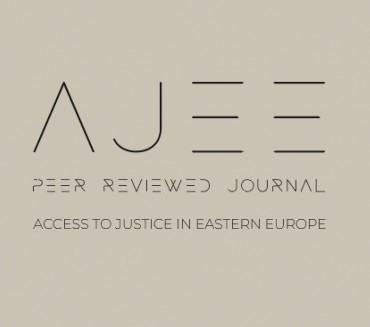1. Introduction. – 2. Determinations of the Subject and Period of Research. – 3. Criminological Analysis of Criminality in the Field of Radioecological Safety. – 4. Analysis of the State of Criminal Law-Enforcement Penalization of Criminal Offences in the Field of Radioecological Safety. – 5. Main Indicators of Convictions in the Field of Radio-Environmental Safety (by Types of Punishment and Types of Criminal Offenses). – 6. Conclusions.
Background:
The dangerous nature of illegal activities in the field of radioecological safety underscores the pressing need to prevent and deter the negative consequences of using nuclear and radioactive materials, to avert the threat of their occurrence, and to counteract criminal practices of this category, in particular through their criminalisation. This article aims to provide suitable analytical support for such activity, focusing primarily on identifying the most appropriate framework for punishability that aligns with the nature and degree of social danger posed by these actions and their legal consequences.
Methods:
A dialectical method of cognition was employed to investigate and substantiate the fundamental concepts examined in this article. Statistical methods were utilised to analyse judicial statistics for this category of cases and calculate the relevant indicators. A sociological method was applied to conduct a content analysis and generalise judicial practice. The logical-legal method was used to develop and substantiate ways to improve the sanctions under examination.
Results and conclusions:
Based on official statistical data (Prosecutor General’s Office and the State Judicial Administration of Ukraine), a long-term criminological analysis of the studied crimes was conducted. It determined absolute, average, and relative values, as well as indicators reflecting the ratio between recorded criminal offences, individuals whose court decisions entered into legal force during the reporting period, and convicted persons—both overall and for specific types of the studied offences. Key indicators of criminal conviction were determined, including conviction rates and structural composition, categorised by type of punishment and criminal offence. The research results revealed a significant gap between the types and amount of punishments provided for by the sanctions of the criminal-legal provisions under study and the factual punishability.

